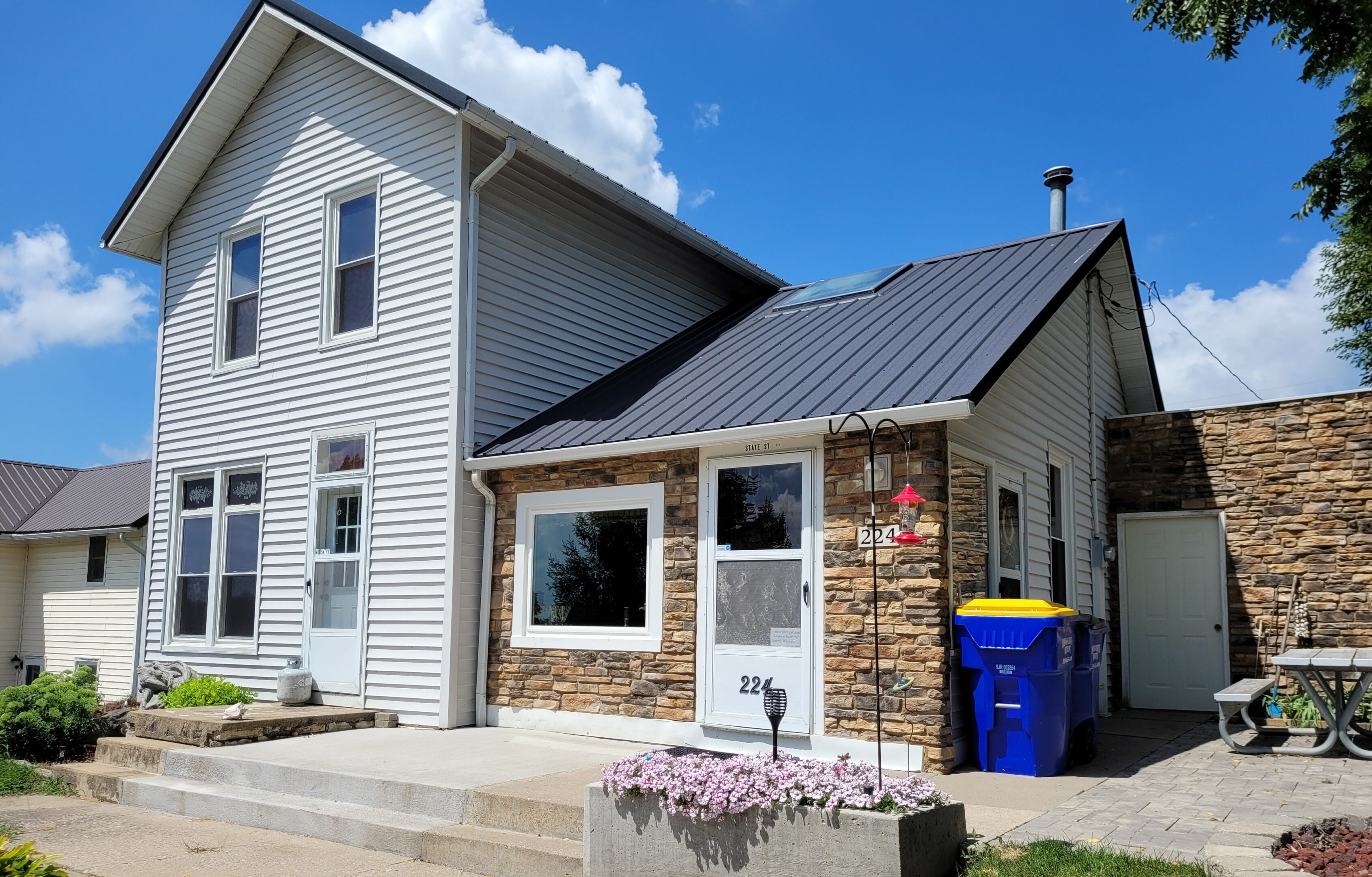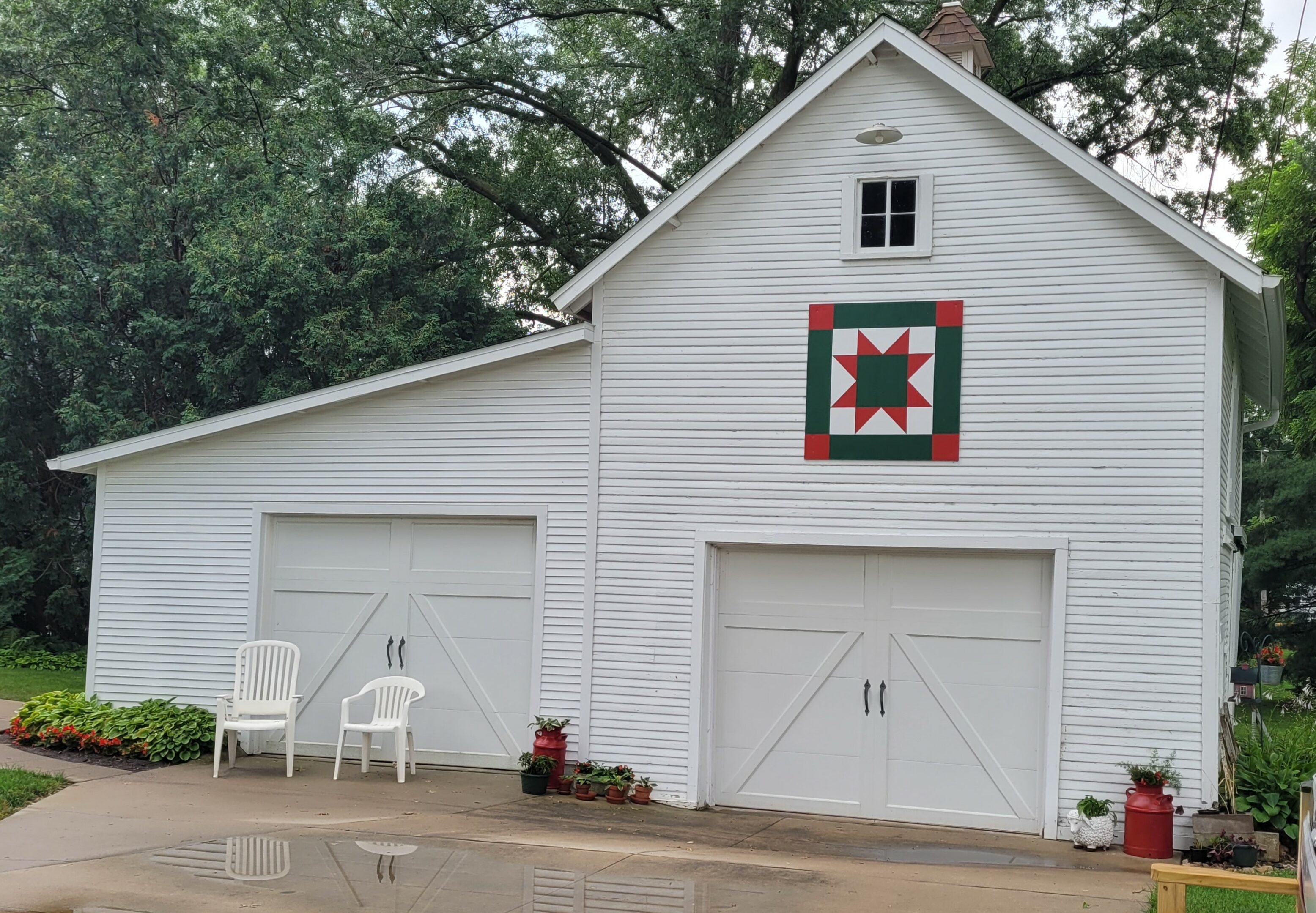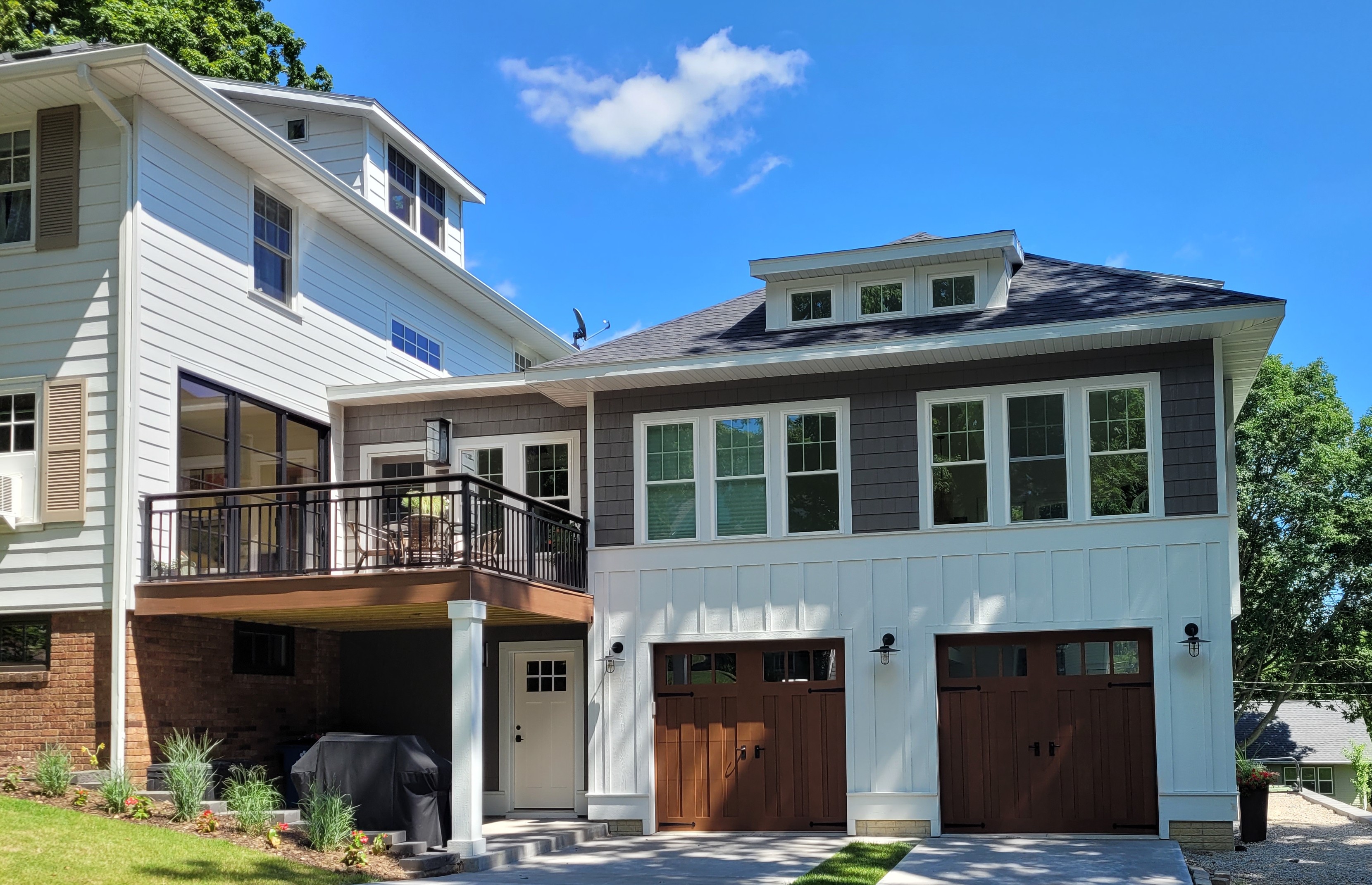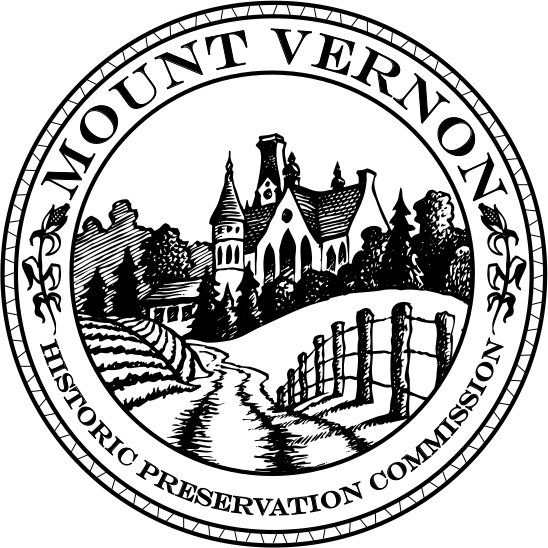Mount Vernon Historic Preservation Commission Historic District News – Fall 2022
Mount Vernon’s Historic Preservation Commission
Sue Astley, Chair, Janet Budak, Guy Booth, Grace Chamberlain Rowray, Duane Eash, Mary Evans Mike Guerber Donnie Moore Leah Rogers Wade Squiers
The Mount Vernon Historic Preservation Commission (MVHPC) exists to identify, interpret, and protect the historic and archaeological resources of our community and to encourage historic tourism. We have a special role in Mount Vernon’s 3 Historic Districts (Ash Park, Cornell College, and Commercial), but we serve and are open to the whole community.
The MVHPC reviews all exterior work projects in the Historic Districts for historic buildings and also for those that are more modern. Our goal is to retain the character of these areas by ensuring that the physical structures in them are appropriate for the time of construction in both style and materials.
The procedure for getting approval in one of Mount Vernon’s Historic Districts is:
- The property owner or contractor applies to Mount Vernon or Linn County for a building permit. Instructions on how to submit or whether to submit to Mount Vernon or Linn County are on the city web page under “Permits and Forms.”
- The property owner or contractor completes the application for a Certificate of Appropriateness (COA), also available in the Permits and Forms section of the City Web page.
- The MVHPC reviews the COA application (generally within 10-14 days of submission). Property owners are invited to the review meeting to answer questions, or they may send their contractor. The Commission rarely denies an application but we may recommend different materials or design choices.
We strongly encourage property owners who are considering exterior work to come to the Commission for a pre-review that will allow the Commission to offer early guidance and advice.
You can learn whether or not your property is in a Historic District by looking at the District maps:
Cornell College Historic District: https:// mvhpc.org/historic-districts/cornell-college-district/ #content
Ash Park Historic District: https://mvhpc.org/ historic-districts/ash-park-historic-district/
Commercial Historic District: https://mvhpc.org/ historic-districts/commercial-district/
We currently have two openings. Application forms are available on the City Website under Permits and Forms and Interest Forms Boards/Commissions.
Relevant websites:
MVHPC.org
Historic Preservation Awards Reception
Sat Oct. 15, 10AM
Lester Buresh Center Community Room
See what Mount Vernon residents are doing to preserve the historic qualities of Mount Vernon.
We will also be honoring MVHPC founders and contributors Richard Thomas, Edward Sauter, Guy Booth and Leah Rogers.
Coffee and light snacks will be available.
Send an e-mail to [email protected] for a link to partcipate virtually
Sponsored by Mount Vernon Bank and Trust
Thinking About an Addition?
The older homes in Mount Vernon have charm and a connection to the history of this town that make them desirable places to live. However, the living spaces within older houses may be too small to fit modern lifestyles.
An addition can be a means of creating larger rooms and it can be designed in such a way that it contributes to the historic character of the home (or at least does not detract from it). The Mount Vernon Historic Preservation Commission will be happy to consult with homeowners considering an addition at every stage of the process.
Here are some initial considerations when thinking about adding to a historic structure.
A historically sensitive addition will mimic details of the main structure such as the pitch and shape of the roof. Look also at the overhang on your roof and think about giving the addition the same degree of overhang. Using the the same style and type of window in an addition as in the historic home can make for a harmonious whole.
As seen in a nearby town, this addition’s window and door shape clash with that of the original house. The modern faux stone on the front of the addition just doesn’t fit this home.

Every building has a rhythm that is created by the spacing of openings such as windows and doors. Using widely spaced tall windows, for example, in an addition to a house with that rhythm will be pleasing.
The best historic additions allow the overall shape of the original structure to dominate. Several choices can keep to this principle. Consider adding to the back of the house so the view from the front is the same as it always has been. Make the addition substantially smaller than the main portion of the structure. Or, set the addition to the side, where there are often fewer historic details, and set the addition back from the front façade of the main structure by several feet. These practices will allow the historic home to shine.
In the example below, the addition is smaller than the original carriage house such that the latter remains the most prominent shape.

The garage addition at the rear of the house shown below leaves the front view unchanged. The similarity in roof pitch and window style tie the house and addition together.

Preserving the historic appearance of a home while adding onto it can be a challenge, but with careful choices property owners can have an addition that is a joy to look at and to live in.

